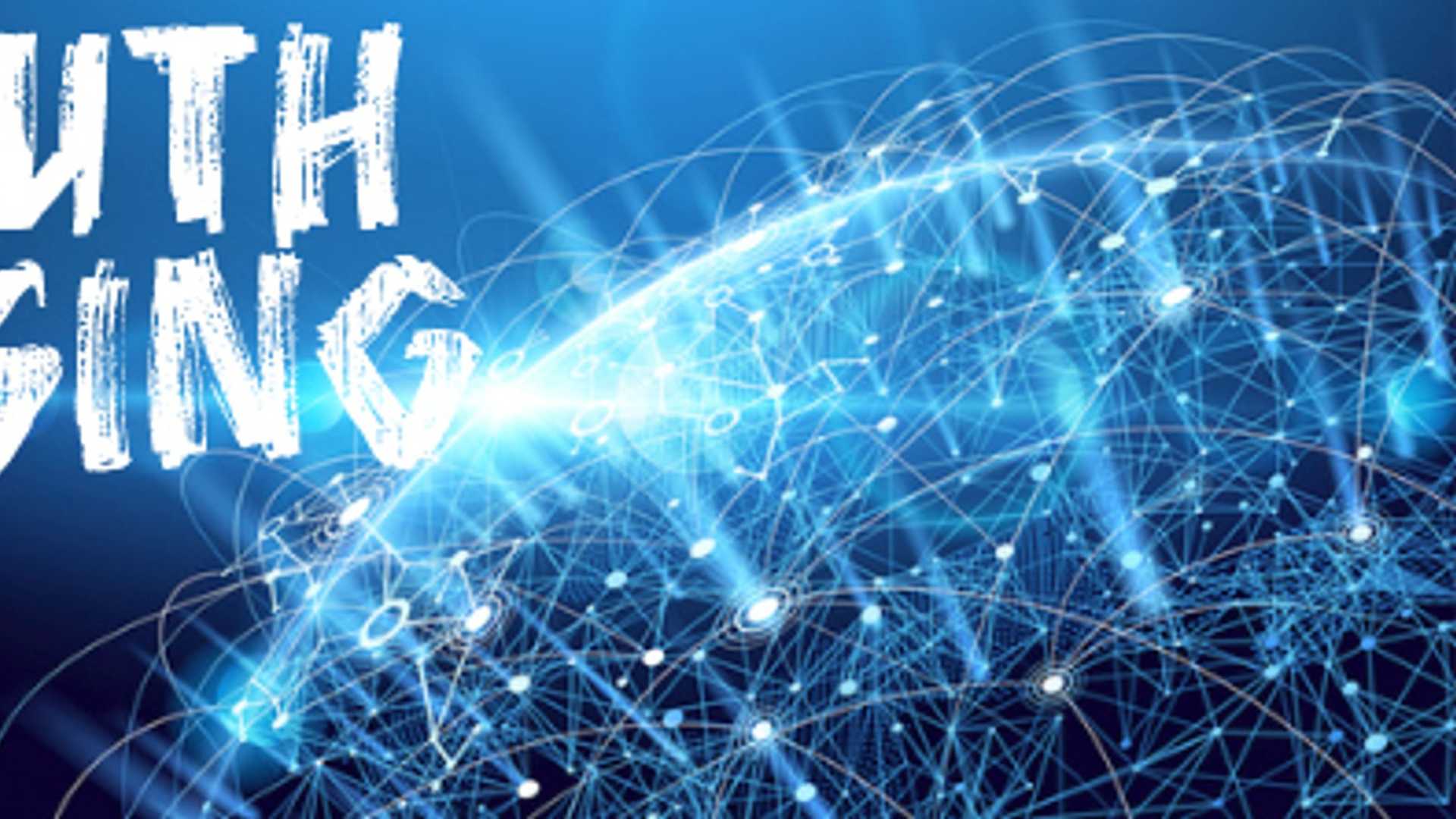The Challenge of AI is to Bridge the Culture Gap Between Its Creators and...
"I have a growing sense that everything I’ve learned over the last 30 years has led me to this place and to this moment." That was how Jony Ive – former chief design officer at Apple and the creative mind behind the iPhone, iPad, and the iMac – described his latest chapter: the announcement that OpenAI is acquiring his AI hardware venture, io, in a deal reportedly worth $6.5 billion (€5.7 billion).
The Rapid Advancement of AI
The pace and scale of developments in AI are now staggering. The OpenAI/io deal is just one high-profile example in a surge of breakthroughs. Google has released a suite of new AI-powered tools. 
Elon Musk’s xAI launched a new version of its Grok chatbot. And the United States announced its $500 billion “stargate” project to boost national AI capabilities. These examples underscore just how rapidly AI is advancing, not only in terms of technical capacity but also in how it is embedding itself into the fabric of our daily lives.
AI Moving Beyond Software
What makes the OpenAI/io acquisition particularly significant isn’t just the companies involved – though OpenAI, the company behind ChatGPT, is the front-runner in generative AI. It signals a new phase, where AI moves beyond software into physical products and spaces. Ive’s design ethos, combined with OpenAI’s technological muscle, reflects a belief in a future where AI is not just a tool; it’s a companion. It’s a bold bet, underwritten by deep expertise.
Challenges in Governance
How the committee’s work unfolds will be telling, especially given how complex the AI landscape is and how difficult collaboration between governments, regulators, and innovators can be. What’s already clear is that those building AI and those trying to govern it often come from two very different cultures.
Practical Challenges Ahead
Among the most difficult questions being asked are: will entire job categories be replaced?; does it ultimately trigger a move from earned income to universal basic income?; what happens to purpose, identity, and mental health when work is no longer central to daily life? These aren’t questions Silicon Valley is built to answer. Nor are they easily resolved in parliamentary committee rooms. But they must be answered.
The Dual Nature of AI
While concerns about unchecked AI adoption are valid, the technology also offers transformational solutions, especially in areas where urgency and complexity collide, such as infrastructure and healthcare.
Shaping the Future
AI isn’t waiting. The decisions we make now on how we design, govern, implement, and evolve with this technology will shape not just the future of work, but the future of meaning.
The challenge lies in bridging the culture gap between AI’s creators and its custodians. Can this gap be bridged? Like everything with AI, we won’t have to wait long to find out.



















